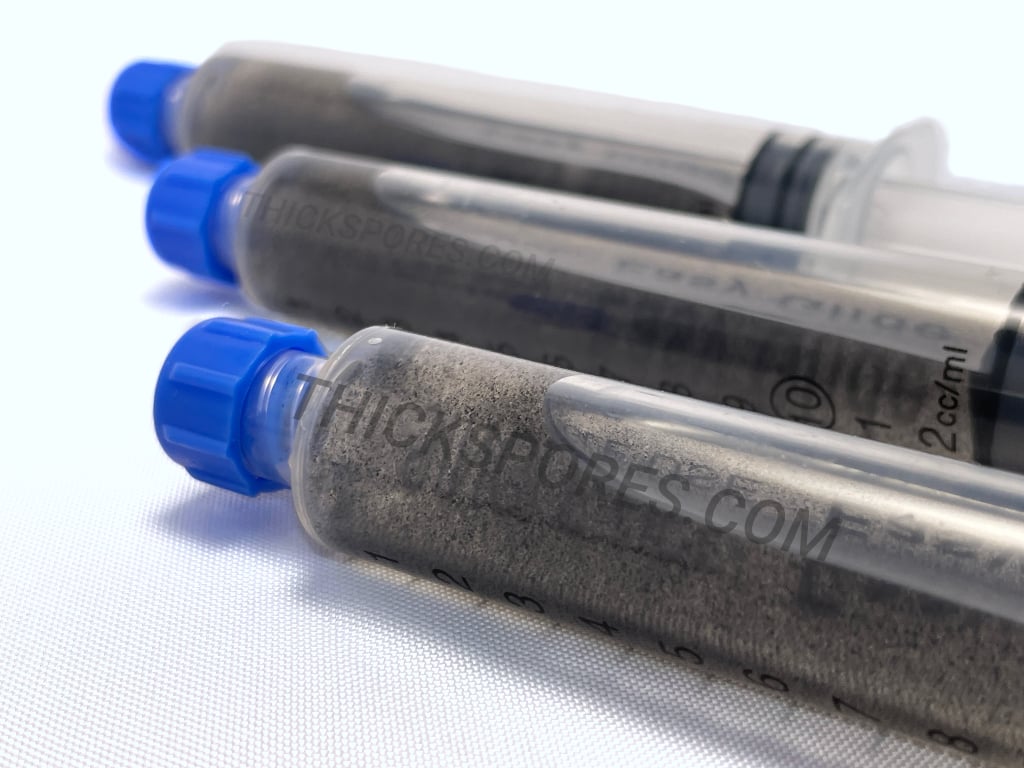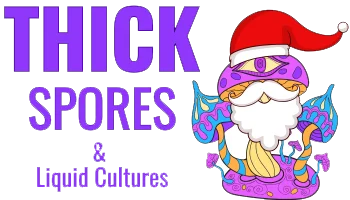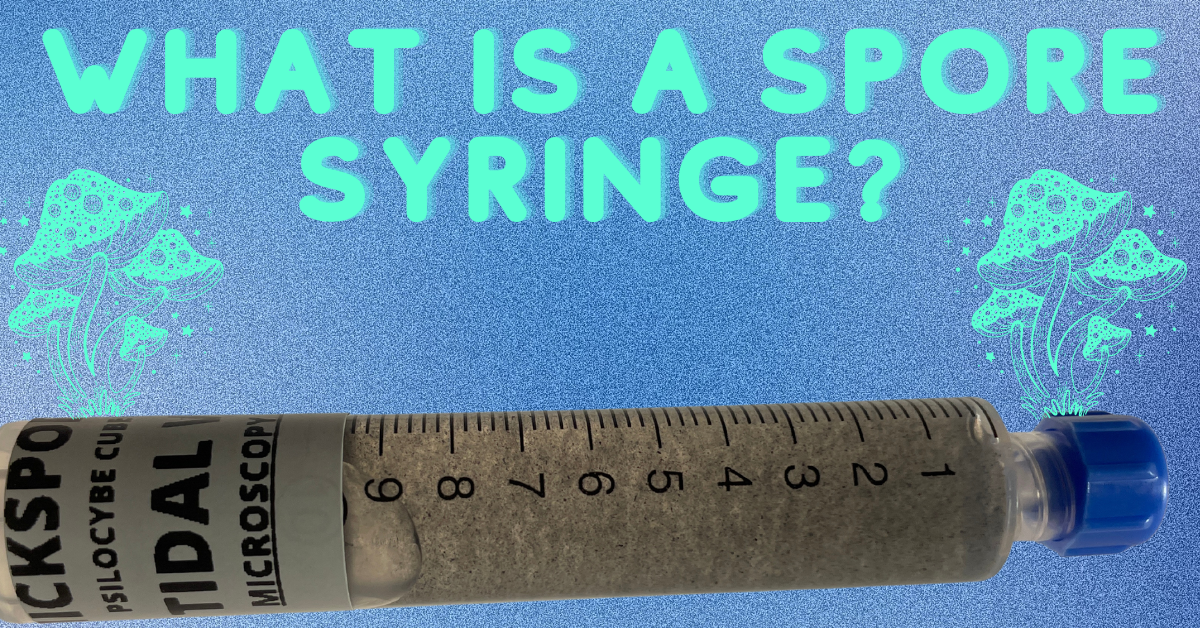What is a Mushroom Spore Syringe?
A mushroom spore syringe is a tool used to collect and transport mushroom spores safely. It consists of a medical-grade syringe filled with sterile water and spores from a specific mushroom species.

Understanding Mushroom Spores
Mushroom spores are microscopic reproductive units released by fungi. Unlike seeds, they do not contain stored nutrients but can remain viable under proper conditions for extended periods. They are commonly studied under a microscope for identification and classification.
Uses of a Spore Syringe
Spore syringes are commonly used in microscopy and research applications. They allow for controlled distribution of spores onto slides or other mediums for observation and study. Researchers and hobbyists use them to examine the unique structures and characteristics of different fungi species.
How to Handle a Spore Syringe Safely
A spore syringe should be handled with care to prevent damage to the syringe itself, and/or the syringe tip cap from coming loose, and exposing the solution to contaminants.
Here are a few more tips for handling your spore syringe properly:
- Wipe surfaces with disinfectant.
- Wear clean clothing and a dust mask.
- Wash hands frequently.
- Keep unsterilized objects away from the work area.
- Flame sterilize the syringe needle before and after each use.
- Store properly to maintain viability.
Storing Your Spore Syringe
Spore syringes should be stored at temperatures between 40–75 degrees Fahrenheit, away from direct sunlight and heat. A drawer or shoebox provides suitable storage. Refrigeration is unnecessary and generally discouraged to prevent the spore syringes from becoming too cold or freezing.
Reusing a Spore Syringe
Spore syringes should not be reused. Once the factory seal is broken by removing the syringe tip cap, it is not advisable to reattach the tip cap and store the syringe for later use, as the risk of contamination is very high. Instead, customers should plan ahead to use the spore syringe in a single application.
Troubleshooting Common Issues
- Clumping Spores: If spores appear clumped inside the syringe, gently shake it to redistribute them.
- Contamination: Discoloration, unusual odors, or visible growths may indicate contamination. Discard affected syringes.
- Reduced Viability: If spores do not appear under a microscope, they may no longer be viable due to improper storage.
How Long Do Spore Syringes Last?
When stored correctly, a spore syringe can last up to a year. Heat, moisture, or contamination can reduce viability. To maximize shelf life, keep syringes in a cool, dark place and minimize exposure to air and light.
Can You Freeze a Spore Syringe?
No. Freezing expands the water inside the syringe, rupturing spores and rendering them nonviable.
Final Thoughts
Spore syringes are valuable tools for handling and studying mushroom spores. Proper handling, storage, and sterilization techniques ensure longevity and effectiveness, making them essential for microscopy and research purposes.
Author Information



